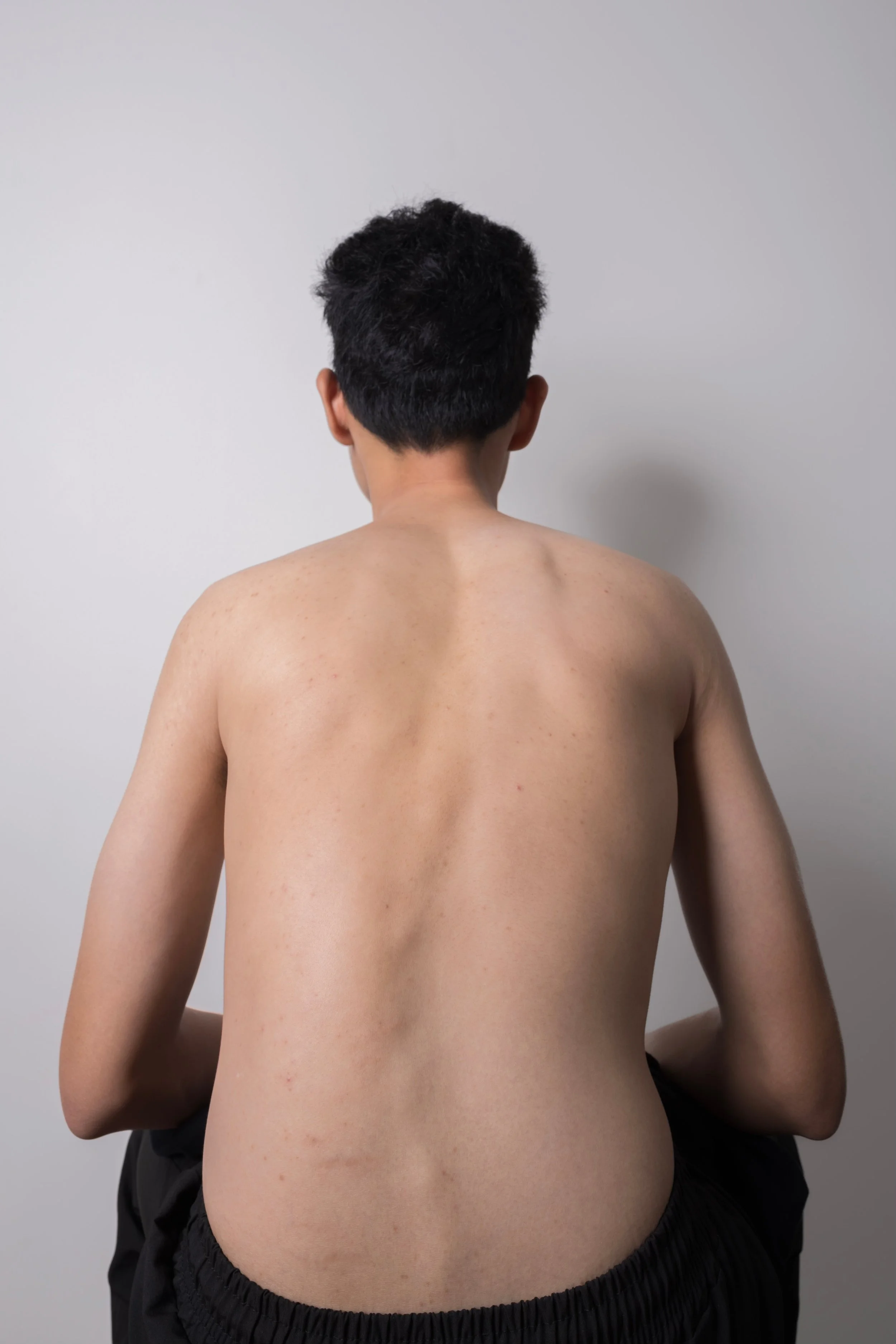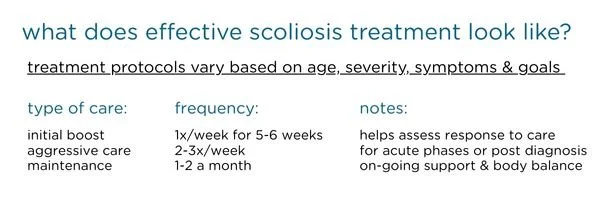Scoliosis is a blanket term used to describe side to side curvatures of the spine.
As humans, who use their bodies asymmetrically, it is perfectly normal for us as health care providers to see a certain level of mal-alignment in almost every spine, however there are dysfunctional degrees of curvature that can become disruptive to one’s daily living and should be explored, assessed & addressed.
Since nobody is perfectly symmetrical, scoliosis is defined by a more significant, often visible, sideways curvature of the spine—think S- or C-shaped curves. Scoliosis has a few ways of showing up in our body. We’ll look at different types & reasons for these sorts of curves to inform our approach, educate our patients & understand pain.
3 types:
1. Idiopathic Scoliosis: this is the most common type, making up around 80% of scoliosis cases. “Idiopathic” means the cause isn’t clearly known—it often shows up during puberty with growth spurts.
2. Congenital Scoliosis: this form starts in utero. It’s due to vertebral malformation during fetal development and is often caught earlier in life.
3. Neuromuscular Scoliosis : here, scoliosis arises secondary to conditions like cerebral palsy, muscular dystrophy, or spinal cord injuries. It tends to progress quickly & may require surgical interventions.
Systems Involved: It's Not Just the Spine
The spine might be the headline, but scoliosis touches nearly every system:
Muscular: imbalances in long vs. short muscles create tension. One side is often tight and overworking, while the other is underactive.
Fascial chains: myofascial lines pull the body, influencing shoulder, hip & even jaw alignment.
Nervous system: Chronic discomfort can amplify our stress response. Clients often report mental health effects like fatigue, anxiety, or self-consciousness due to posture or chronic pain.
We see it in the way you walk, breath patterns, and sometimes even digestion.
Massage & Chiro: Partners in Care
When it comes to treating scoliosis, we are interested in helping you move better & reducing pain. Here’s how we work:
Chiropractic Care:
Manual adjustments & mobilizations can soothe discomfort caused by spinal misalignments that develop due to the curve.
Therapeutic exercises & neuromuscular education
Research supports chiropractic effectiveness in managing scoliosis-related pain.
Scoliosis Focused Massage Therapy:
Focus on fascial release and balance. Long muscles may need calming; short muscles may need lengthening.
Mobilizations & movement advice. assisted stretching, and breathwork techniques can help.
Exercise review. Simple strength training and body awareness cues help reinforce postural change.
Homecare: Your Daily Movement Toolkit
Clients with scoliosis benefit from gentle, regular movement to manage symptoms between sessions. These are go-to recommendations we love:
Cat/Cow Spinal Mobility
Side Bends & Thoracic Twists
Balance Work (single leg, eyes closed)
Strengthening Glutes & Core (especially obliques)
Movement is medicine. Keep it low-intensity, consistent, and body-aware.
Whether you're working with a massage therapist, a chiropractor, or both, the goal is the same: support your body’s unique structure and keep you living well within it.
And remember: a curve doesn’t define you. But how you care for it just might shape the way you feel—for the better.
Resources: AANS: Scoliosis Overview | PMC: Chiropractic Management of Scoliosis | Prevalence in Adults Study









